Each follow up appointment is focused on individual and personalized goals, focusing on a holistic approach to ensure you get back to the things you love.
Our sessions include a hands on approach, be it manual therapy or cuing for exercising. Manual therapy along with corrective exercises focused on individual needs is what makes our sessions more efficient and helps us achieve your goals faster.
Depending on individual needs, manual therapy can be a larger part of your treatment in the initial visits and as you progress to more exercises it changes.
Our follow up visits may include but not limited to the following:

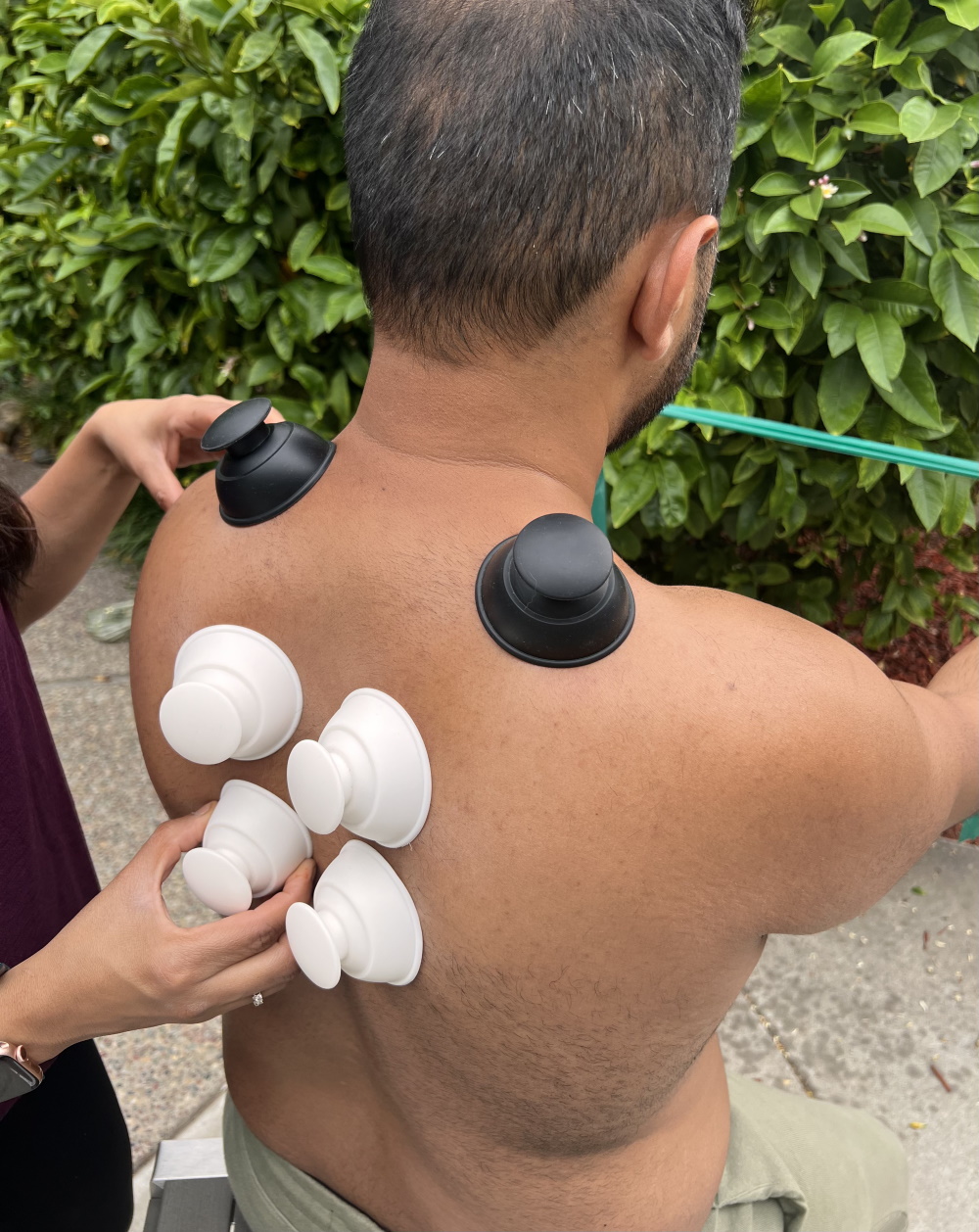
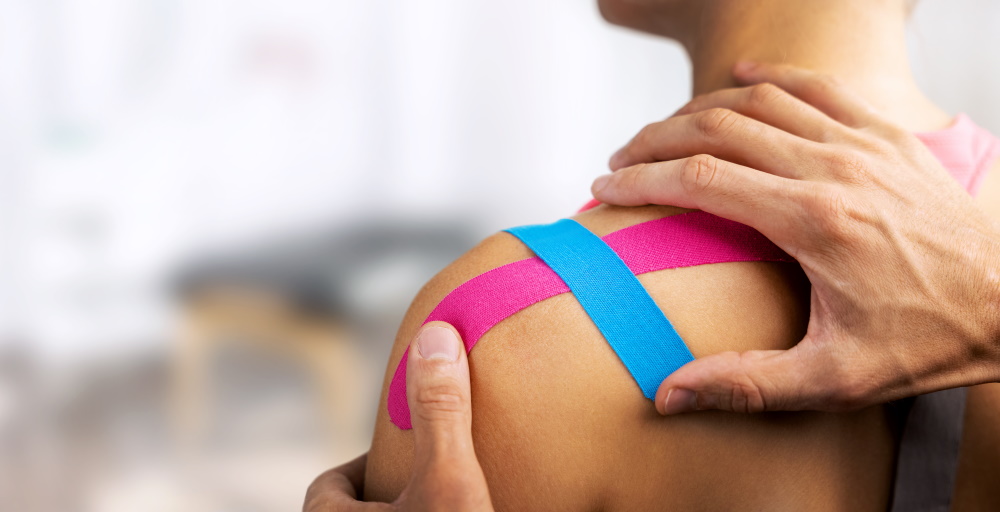
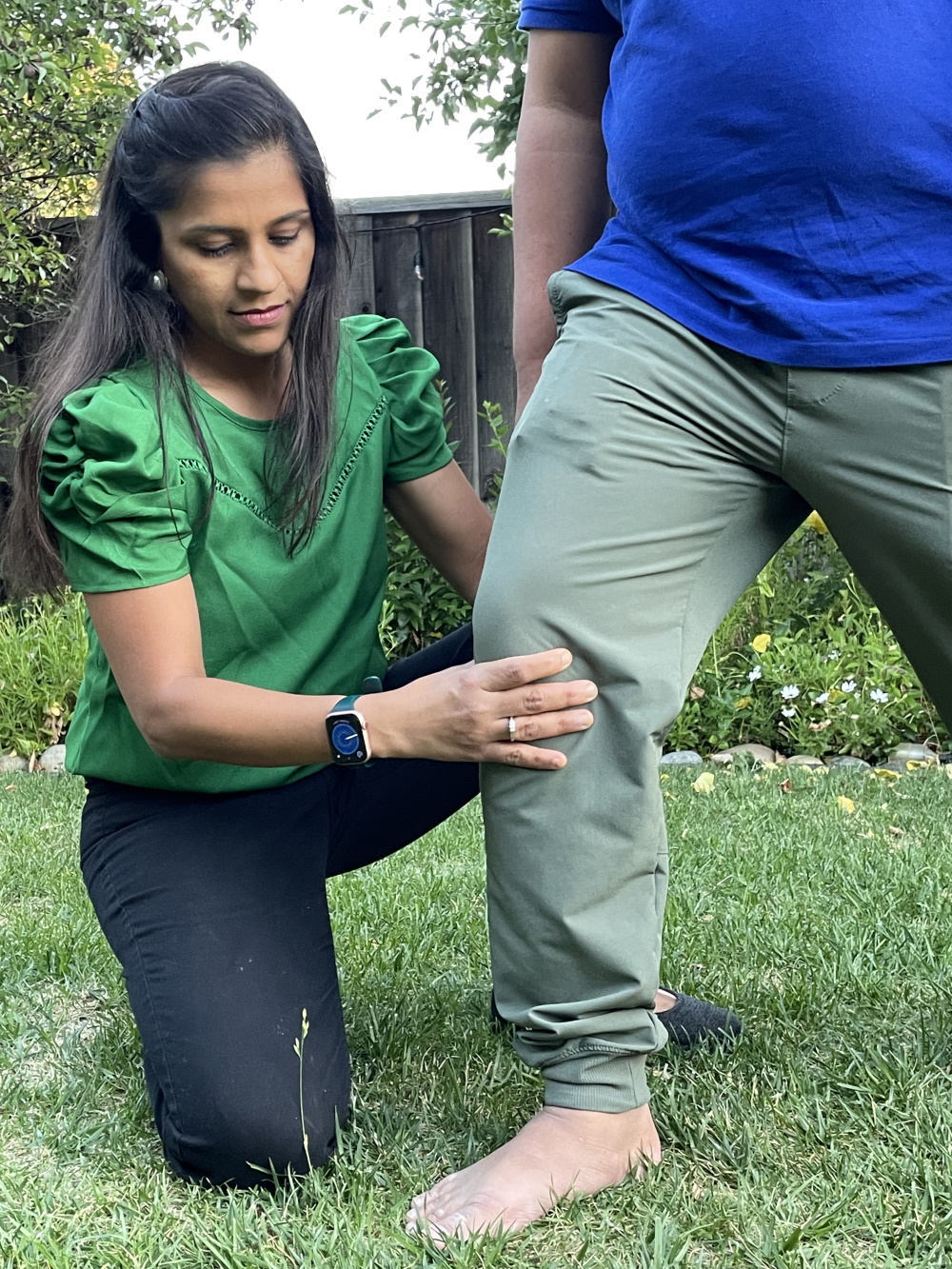
We specialize in relieving soft and deep tissue restrictions with methods like:
Graston Technique, an instruments-assisted soft tissue mobilization treatment, to effectively and efficiently address soft tissue lesions and fascial restrictions
Myofascial Decompression: Silicone suction cups to reduce fascial restrictions and improve blood flow to the tissues to rehabilitate the tissues.
Kinesiotaping:
Kinesio® Tex Tape applications can be applied in hundreds of ways and have the ability to reduce pain and inflammation, promote post-surgical healing, optimize performance, prevent injury and promote good circulation and can assist the body’s natural healing process. Based upon research and years of clinical use, The Kinesio® Taping Method specifically applies Kinesio tape based on evaluation and assessment to dictate a specific application.
Hands on therapy also involves: Joint Mobilization/Manipulation (mulligans+Maitland), Neuromuscular Re-education, Manual cueing for exercise form
Graded exercise program: This involves a thoughtful and carefully designed strengthening and flexibility program specific for the patient’s needs and goals. Although patients may have the same diagnosis, every individual has their own unique situation, beliefs, abilities and goals. For this reason there are no “cookie cutter” programs, all programs are tailored to fit you.
SFMA: Selective Functional Movement Assessment: SFMA is a comprehensive assessment used to classify movement patterns in patients experiencing pain. Seven full body movement tests are evaluated and scored. The movement assessment logically breaks down dysfunctional patterns pinpointing the root cause as a mobility or a stability/motor control problem. Depending on the results, manual therapies or corrective exercises are used.
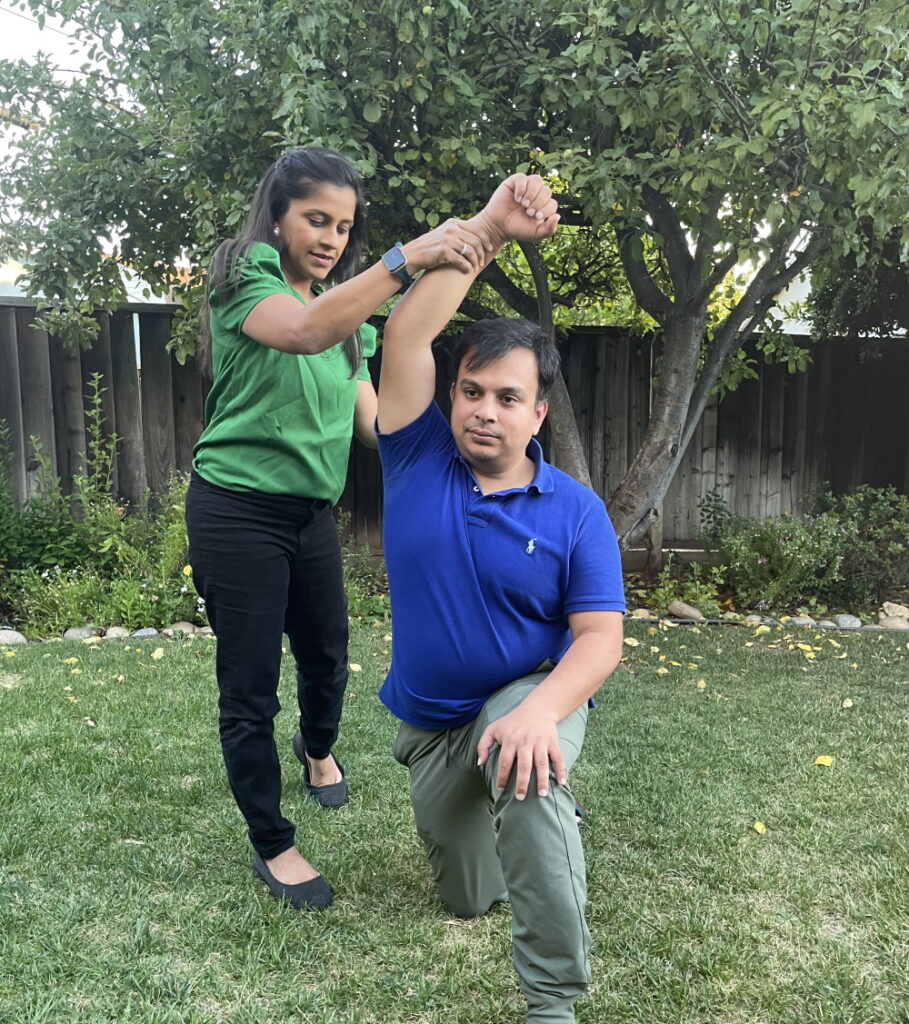
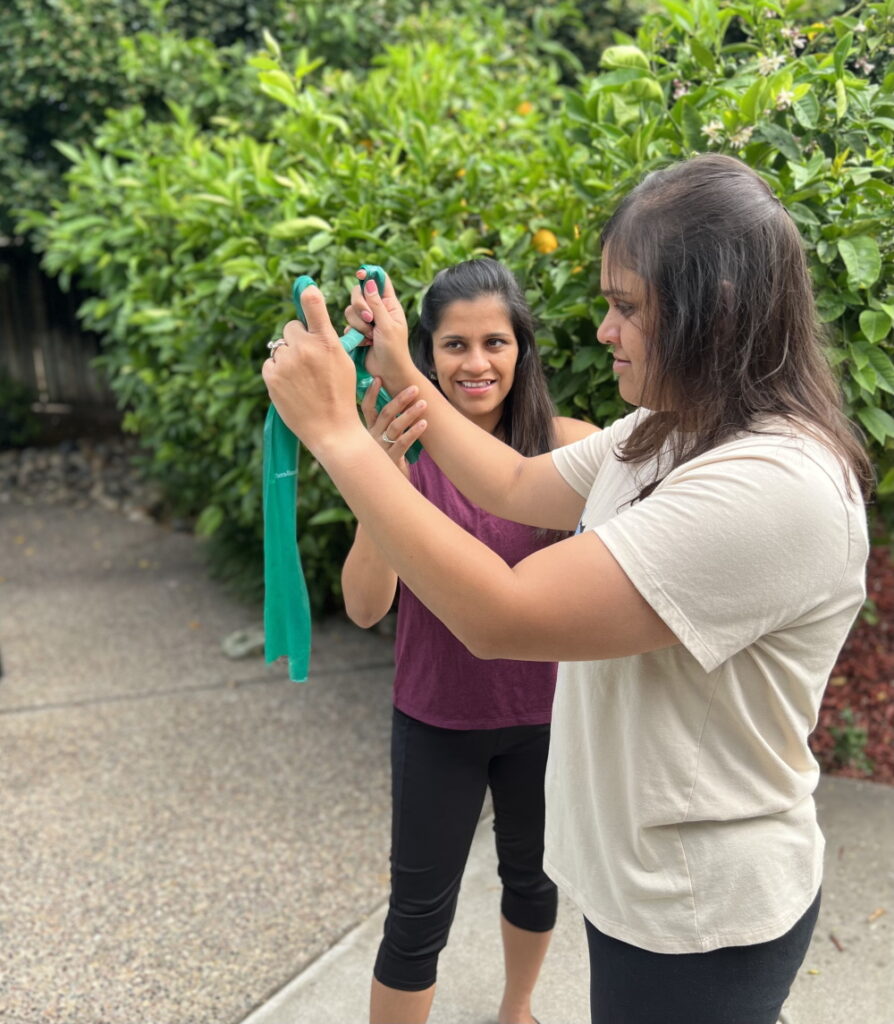
Throughout your treatment you will be given exercises and reading to be done on your own. Educating and empowering the patient is one of the most important things a physical therapist can do and this is where the home exercise program comes in. It is important to remember the therapist is only with you for a few hours a week, the rest of the time you are on your own. Therefore, it is imperative that you take control of your health and become an active participant in your rehabilitation.
We will provide you detailed information with either videos, photos or notes on exercises to be performed to maintain your gains while going through physical therapy sessions. This also involves ergonomic assessments or changes, modifications and working on mobility while performing day to day activities.